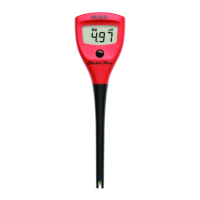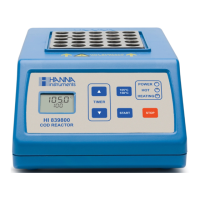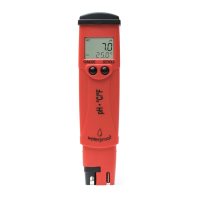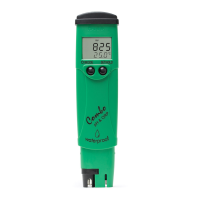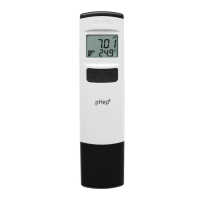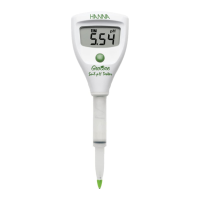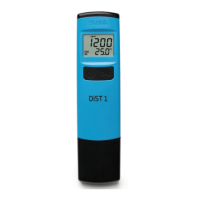11
TITRATION THEORY
An indicator electrode that responds to the metal
ion can be used to monitor the titration progress.
The titration curve will appear similar to a usual
potentiometric titration. Complexation indicators
change color at the endpoint as all metal ions are
“consumed”, or complexed, by the titrant.
The titration curve will appear similar to a
potentiometric titration when using an indicator
electrode that responds to the metal ion (see
Figure 6).
2.2.4 Ion Selective Titrations
The most popular ion selective titration is an acid-base titration. The hydrogen ion concentration
is specifically measured and monitored during the titration process to locate the equivalence
point. Using an ion selective electrode (ISE) as the indicator electrode, the potentiometric signal
(in mV) is used to directly follow a specific ion’s concentration (or activity).
Examples of ISE titrations include titrating fluoride with an aluminum titrant using a fluoride ISE,
chloride with silver nitrate using a chloride ISE, sodium with a sodium ISE, etc. The equivalence
point can be determined by plotting the mV value vs. the amount of titrant added.
2.2.5 Non-aqueous Solvent Acid-Base Titrations
Non-aqueous solvents must be used to titrate very
weak acids and bases due to the inherent leveling
effect water has on all acids and based dissolved
in it. A wide variety of weak acids and bases can
be titrated using non-aqueous solvents. Mixtures
of acids or bases can often be individually analyzed
in a single sequential titration.
Titration of Acids
Weak acids with pK
a
’s up to about 11 can be
titrated in non-aqueous solvents. These include
carboxylic acids, enols, phenols, imides, sulfonic
acids, and inorganic acids. Water or lower
alcohols are suitable for titrating medium to
strong acids (pK
a
less than 5). Titrating a weaker
acid with a strong base titrant requires a solvent
less acidic than water or ethanol/methanol.
Solvents such as acetone, acetonitrile, t-butyl
Figure 6
Figure 7
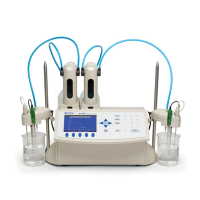
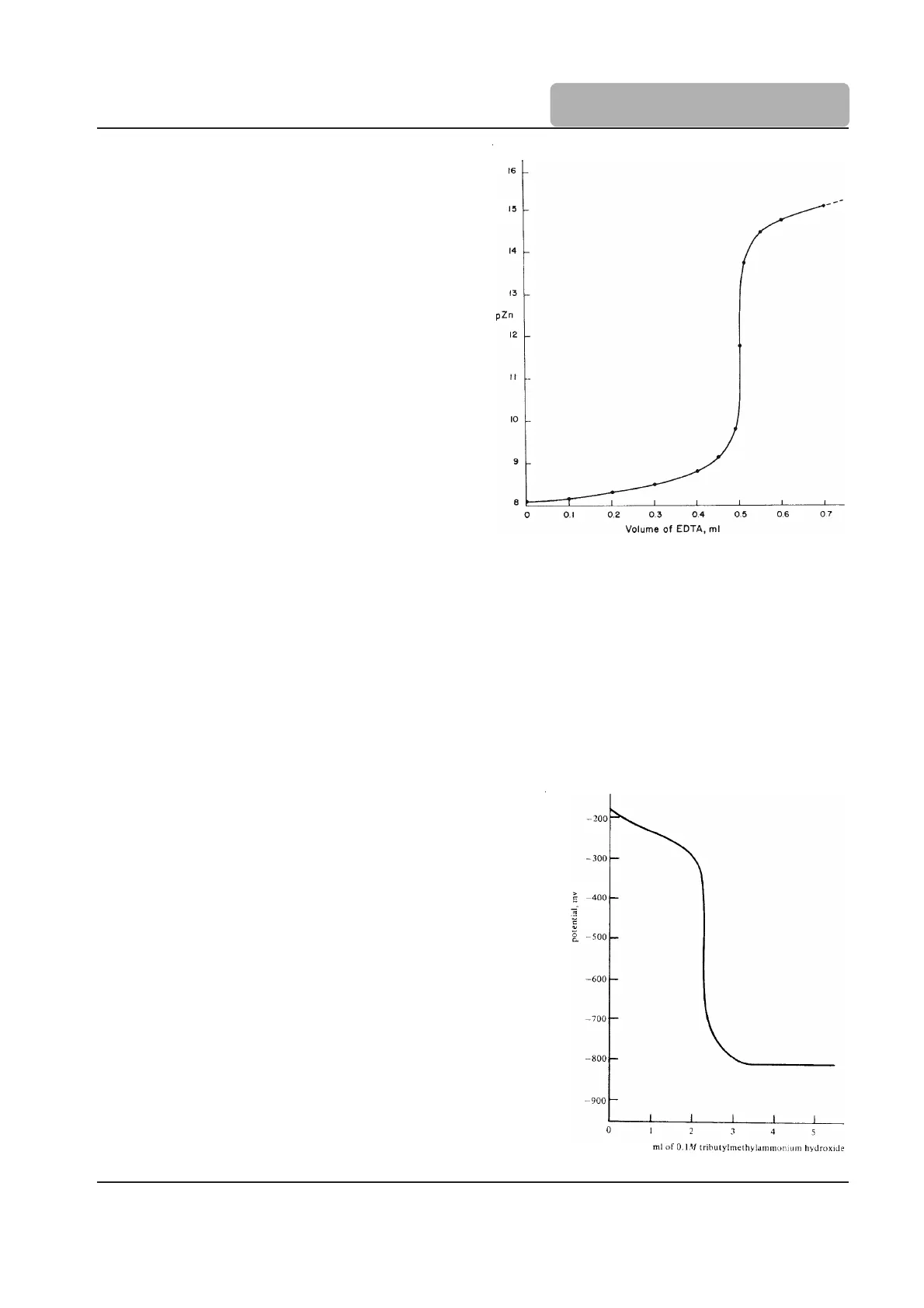